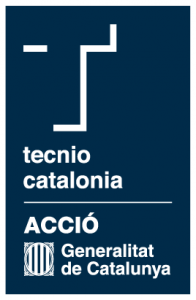Publication
Human-robot collaborative minimum time search through sub-priors in ant colony optimization
Journal Article (2024)
Journal
IEEE Robotics and Automation Letters
Pages
10216-10223
Volume
9
Number
11
Doc link
https://doi.org/10.1109/LRA.2024.3471451
File
Abstract
Human-Robot Collaboration (HRC) has evolved into a highly promising issue owing to the latest breakthroughs in Artificial Intelligence (AI) and Human-Robot Interaction (HRI), among other reasons. This emerging growth increases the need to design multi-agent algorithms that can manage also human preferences. This paper presents an extension of the Ant Colony Optimization (ACO) meta-heuristic to solve the Minimum Time Search (MTS) task, in the case where humans and robots perform an object searching task together. The proposed model consists of two main blocks. The first one is a convolutional neural network (CNN) that provides the prior probabilities about where an object may be from a segmented image. The second one is the Sub-prior MTS-ACO algorithm (SP-MTS-ACO), which takes as inputs the prior probabilities and the particular search preferences of the agents in different sub-priors to generate search plans for all agents. The model has been tested in real experiments for the joint search of an object through a Vizanti web-based visualization in a tablet computer. The designed interface allows the communication between a human and our humanoid robot named IVO. The obtained results show an improvement in the search perception of the users without loss of efficiency.
Categories
learning (artificial intelligence), mobile robots, multi-agent systems.
Author keywords
Human-Robot Collaboration , Path Planning for Multiple Mobile Robots or Agents , Deep Learning Methods, Semantic Scene Understanding , Search and Rescue Robots
Scientific reference
O. Gil and A. Sanfeliu. Human-robot collaborative minimum time search through sub-priors in ant colony optimization. IEEE Robotics and Automation Letters, 9(11): 10216-10223, 2024.




Follow us!